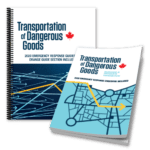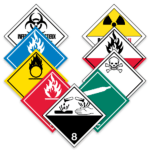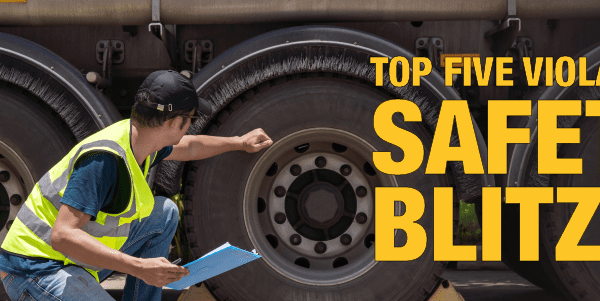
Shipping Alcoholic Beverages
It is sometimes hard to tell if household items are considered dangerous goods or not. Whether you have lithium batteries, cleaning supplies, or aerosols, there is a good chance that somewhere in your house you have some type of dangerous good. Sometimes even items for consumption are mentioned in the various dangerous goods regulations. For example, a while back I wrote a blog discussing some exemptions specifically for carbonated beverages in the various regulations. But what about other types of beverages, such as beverages containing alcohol? Do any exceptions exist for these types of beverages? Below are some helpful exceptions when shipping alcoholic beverages domestically.
United States
Exceptions for beverages containing alcohol can be found in the 49CFR 173.150 (d). Here it says that alcoholic beverages (wine and distilled spirits as defined in 27 CFR 4.10 ) when transported by motor vehicle, vessel, or rail are relieved from the 49CFR regulations depending on a few factors. If the alcoholic beverage contains 24% of alcohol or less by volume, you would not be subject to the 49CFR regulations, meaning hazard class labelling, DG paperwork, and UN packaging would not be a requirement. If your beverage exceeds 24% of alcohol and is contained in an inner packaging of 5 liters or less, you would also be excepted from the shipping regulations per the 49CFR. That inner packaging can be increased to 250 liters or less if the alcoholic beverage is considered a packing group III. When in doubt, always check with the manufacturer to see which packing group the alcoholic beverage would fall under. When transporting domestically by aircraft it is a bit different. Similarly to above, if the beverage is 24% or less alcohol by volume there is relief from the 49CFR regulations. However, If the beverage is over 24% alcohol but not more than 70% alcohol by volume when carried as cargo, the inner packaging cannot exceeding 5 Liters in order for it to be excepted from the 49CFR regulations.
Canada
TDG 1.36 states that Part 3 (Documentation), Part 4 (Dangerous Goods Safety Marks), Part 5 (Means of Containment), Part 6 (Training), Part 7 (Emergency Response Assistance Plan), Part 8 (Reporting Requirements), Part 9 (Road) and Part 10 (Rail) do not apply to the handling, offering for transport or transporting on a road vehicle, a railway vehicle or a vessel on a domestic voyage an alcoholic beverage if the alcoholic beverage contains alcohol that is less than or equal to 24% by volume, is included in Packing Group II and is in a means of containment with a capacity that is less than or equal to 5 L, or is included in Packing Group III and is in a means of containment with a capacity that is less than or equal to 250 L. This is almost word for word the same exemption that is used under the 49CFR mentioned above, with the main difference being there is no mention of shipping aboard an aircraft.
If for whatever reason you can’t use any of these exceptions and hazard class labels, documentation, or UN packaging is required, feel free to contact us. Our team of experts is just a call away for our customers at 855.734.5469 or send us an email, we’re happy to help.
Stay up to date and sign up for our newsletter!
We have all the products, services and training you need to ensure your staff is properly trained and informed.
 TDG Publications TDG Publications |
 Non-Worded Labels Non-Worded Labels |






